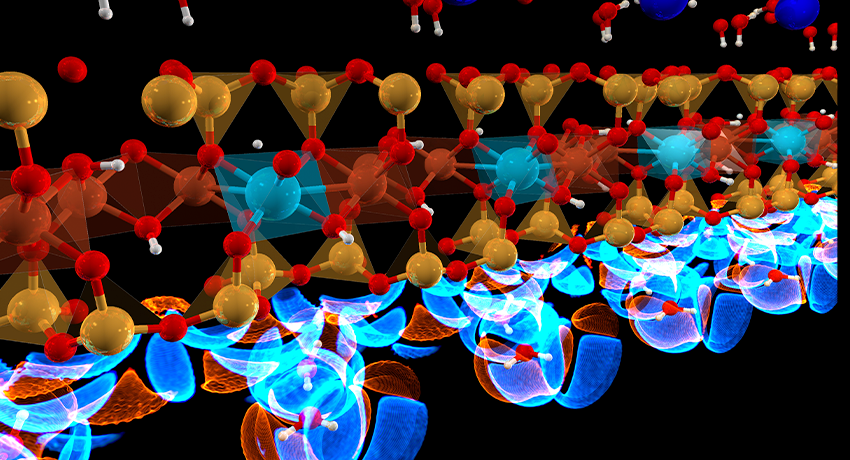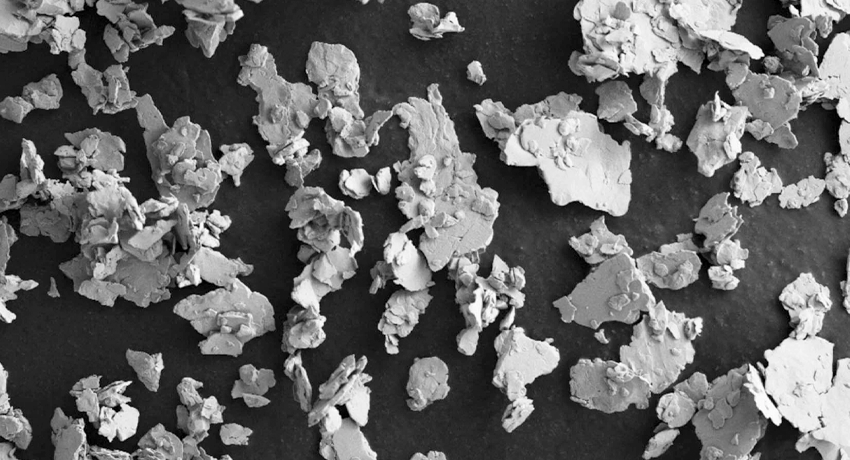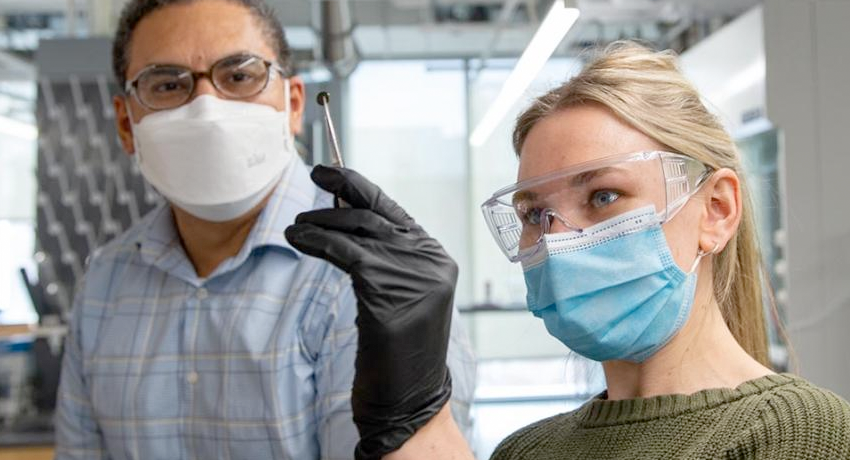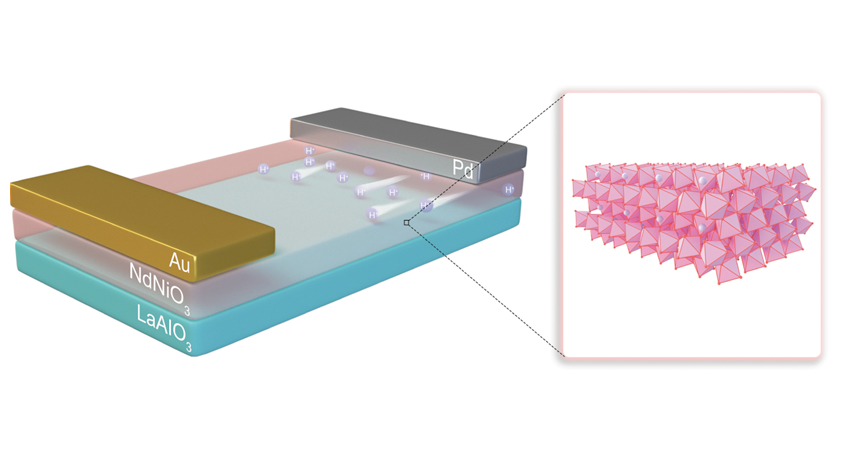Computational materials researcher efforts at Penn State are enabled by strong interconnections between the Institute for Computational and Data Sciences (ICDS) and the Materials Research Institute (MRI). Experimentalists are working with theorists to improve existing systems and develop the next generation of materials to meet societal needs. Researchers are using machine learning and artificial intelligence coupled with big data methods for materials development and discovery at every level. The convergence of materials with life sciences, energy, IT, and environmental needs are creating vast opportunities across multiple domains.
Penn State’s institute model has a proven track record of solving big problems for our government and industrial partners. Using the tools and human capital that we have available we are impacting the materials genome project. Life cycle analysis and optimization is creating more sustainable materials that meet societal needs.
Researchers have found a way to make catalytic reactions less wasteful and more cost effective by controlling the placement of each atom on the catalyst surface. Controlling or customizing the catalysts cuts down on unneeded competitive reactions and isolates a successful, predictable reaction.
Process can accelerate development of wearable technology, researchers say
An international collaboration led by Penn State researchers has developed a new tool to reduce the time and resources involved in determining which materials can be best applied in wearable technology, including biomedical devices.
By reconfiguring neural networks in artificial intelligence (AI) devices, a multi-institute team that included Penn State researchers facilitated AI systems to continually learn and adapt new data and tasks in ways that were not possible or practical before. The approach combines a novel algorithm with perovskite nickelate — a material so sensitive to subatomic changes, they can change its electrical properties — to overcome two of the main limitations of AI: catastrophic forgetting and high energy consumption.




